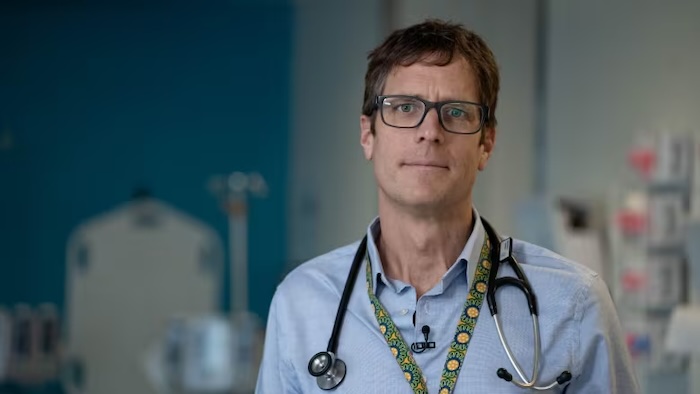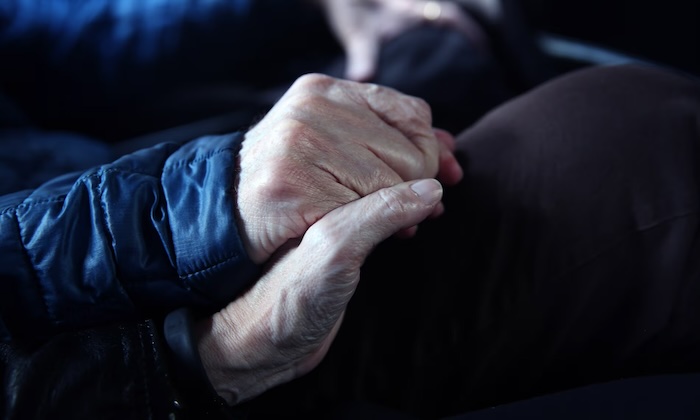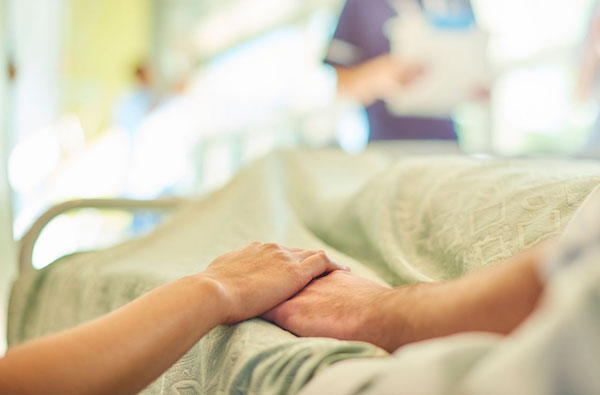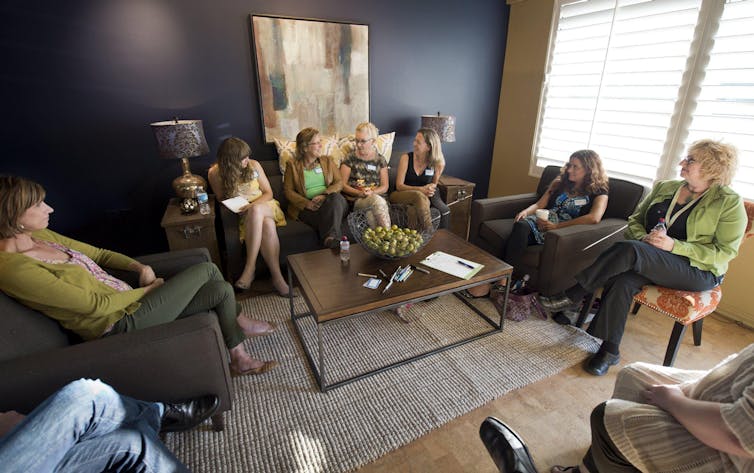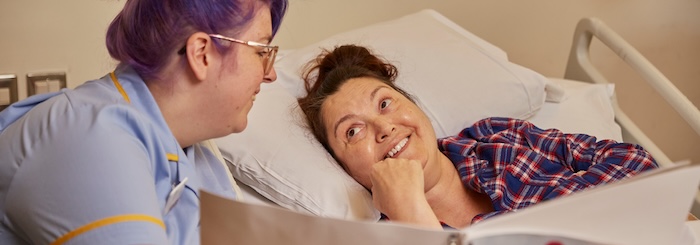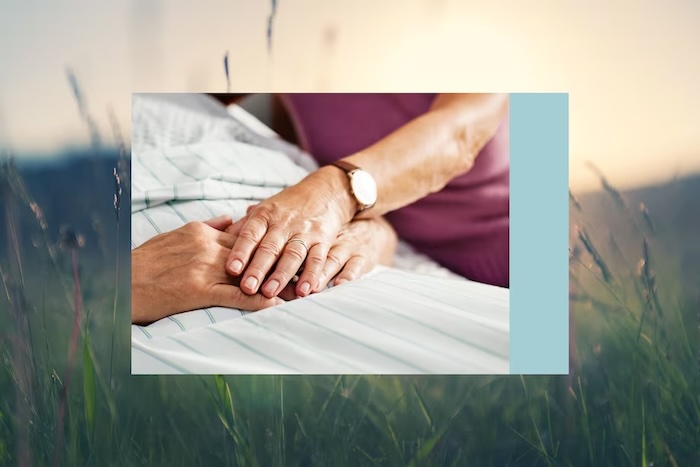— A Complete Guide
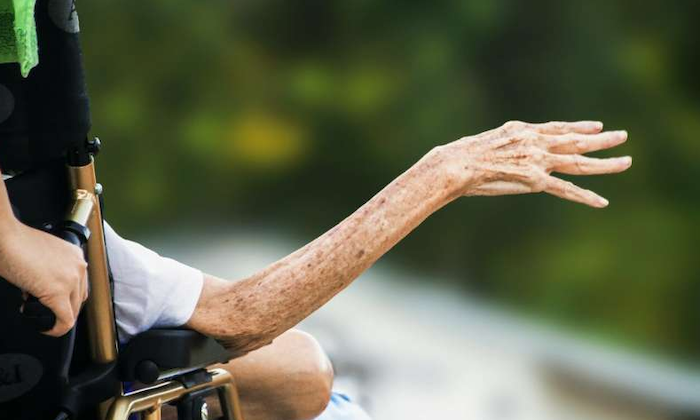
Navigating the later phases of a loved one’s life may be an extremely emotional and difficult experience. During these difficult times, hospice home care arises as a source of comfort and support, providing a compassionate alternative to typical hospital medical treatment. This specialist care focuses on improving the quality of life for those in the final stages of a terminal illness by giving them the dignity, respect, and peace they deserve at home.
The Essentials of Hospice Home Care
Hospice home care exemplifies a compassionate approach to end-of-life care, providing a beacon of comfort and dignity to those in their final stages of life. Unlike traditional medical treatments geared at curing diseases, hospice care focuses on quality of life, providing comfort and support to both patients and their families. This comprehensive care paradigm is holistic, addressing patients’ psychological, social, and spiritual needs as well as the physical symptoms of their sickness.
At the heart of hospice home care is the dedication to respecting a patient’s choices, allowing them to spend their final days surrounded by loved ones in the familiar comfort of their own home. Pain treatment is an important part of this therapeutic method. Expertly trained healthcare experts work diligently to manage symptoms and reduce discomfort, allowing patients to live as fully and comfortably as possible.
Beyond physical care, hospice home care offers emotional and psychological assistance. Hospice staff provide counseling and grief assistance because they understand that patients and their families are going through one of the most difficult times of their lives. This guarantees that families are not alone in their journey, giving them a shoulder to lean on both during and after the patient’s life.
Spiritual care is also an important component of hospice home care, allowing patients and their families to examine life’s core concerns, make peace with unresolved issues, and, if applicable, strengthen their spiritual connections. This component of treatment is tailored to the individual’s beliefs and desires, with the goal of providing peace and meaning to patients and their loved ones during this momentous life experience.
Hospice care teams are multidisciplinary, made up of doctors, nurses, social workers, chaplains, therapists, and trained volunteers. Each member contributes their knowledge to build a support network that surrounds the patient and their family with care, love, and understanding. This multidisciplinary approach assures that every imaginable need—whether physical, emotional, or spiritual—is met.
In essence, hospice home care represents a paradigm shift in how we see the end of life. It is about appreciating the importance of every minute and allowing patients to spend time with loved ones, reflect on their life, and transition quietly. Hospice home care helps to reimagine the final chapter of life as one of love, respect, and compassion, rather than despair.
Who Can Benefit from Hospice Home Care?
Hospice care is designed for patients who are facing the end stages of a terminal illness, with a life expectancy of six months or less if the disease follows its usual course. However, it’s not just for the patients; hospice care also significantly benefits the families and caregivers by providing them with educational resources, emotional support, and respite care, helping them navigate through their grief and the caregiving process.
The Core Services Offered
The hospice care team typically includes doctors, nurses, social workers, spiritual advisors, counselors, and trained volunteers. They work together to tailor a care plan that meets the individual needs of each patient and family, which can include:
- Pain and symptom management: Focusing on alleviating symptoms and ensuring the patient’s comfort.
- Emotional and psychological support: Addressing the emotional, psychological, and spiritual needs of patients and their families.
- Companionship and daily care assistance: Helping with daily activities and providing companionship to reduce feelings of isolation and anxiety.
- Bereavement support: Offering grief counseling and support groups for families before and after their loved one’s passing.
How to Choose a Hospice Home Care Provider
Selecting the right hospice care provider is crucial. It involves considering factors such as the provider’s reputation, the quality of care, the availability of services, and the level of communication and support offered to families. It’s important to meet with several providers, ask questions, and choose one that aligns with the patient’s needs and family values.
The Impact of Hospice Home Care
The importance of hospice home care to patients and their families cannot be emphasized. This approach to end-of-life care has a significant impact on the quality of patients’ final days because it allows them to remain in the familiar and pleasant environment of their own homes. The environment has a significant impact on a person’s well-being, particularly throughout the final stages of life. Being at home rather than in a hospital allows patients to be surrounded by personal memories, things, and the people they care about, which can considerably reduce the emotional load of facing a terminal illness.
Hospice services provide patients with specialized care that addresses their physical, emotional, and spiritual needs. Pain and symptom control are prioritized to allow patients to interact with their relatives and enjoy their remaining time as comfortably as possible. This level of care empowers patients by offering them a sense of control over their lives and the dignity to choose their own treatment and how they want to spend their final days.
Navigating End-of-Life Care with Compassion and Dignity
Families benefit greatly from the extensive support that hospice home care offers. Going through a loved one’s end-of-life process can be emotionally and physically draining. Hospice care teams do more than just attend to the patient; they also assist families with counseling, respite care, and information about what to expect. This assistance is crucial in guiding families through the complexity of sorrow, loss, and the practical aspects of caring. It also allows the family to focus on being present with their loved one rather than being distracted by caregiving or decision-making.
Hospice home care provides significant support to families, which benefits them greatly. Going through a loved one’s end-of-life care can be both emotionally and physically taxing. Hospice care teams do more than just look after the patient; they also provide families with counseling, respite care, and information on what to expect. This help is critical in guiding families through the complexities of grief, loss, and the practical responsibilities of caregiving. It also enables the family to concentrate on being with their loved one rather than being distracted by caregiving or decision-making.
Component of hospice care cannot be overlooked. Families often find themselves in uncharted territory when a loved one enters hospice care. The hospice team’s role in educating families about what to expect, how to manage symptoms, and how to cope with grief is an essential service that can demystify the dying process and alleviate fears.
In essence, hospice home care profoundly impacts both patients and their families by providing a holistic approach to end-of-life care. It ensures that patients can live their final days with dignity and comfort, surrounded by love, while offering families the support, education, and guidance needed to navigate this challenging journey with grace. This model of care not only addresses the physical symptoms of the patient but also nurtures the emotional and spiritual well-being of everyone involved, making the inevitable transition a shared, supported, and deeply human experience.
Hospice home care displays the power of compassion and dignity in the face of life’s most challenging challenges. Hospice care focuses on comfort and quality of life, guiding patients and families through the end-of-life process with dignity and support. If you or a loved one are considering hospice care, remember that it is a decision that prioritizes love, dignity, and comfort during the most difficult times.


